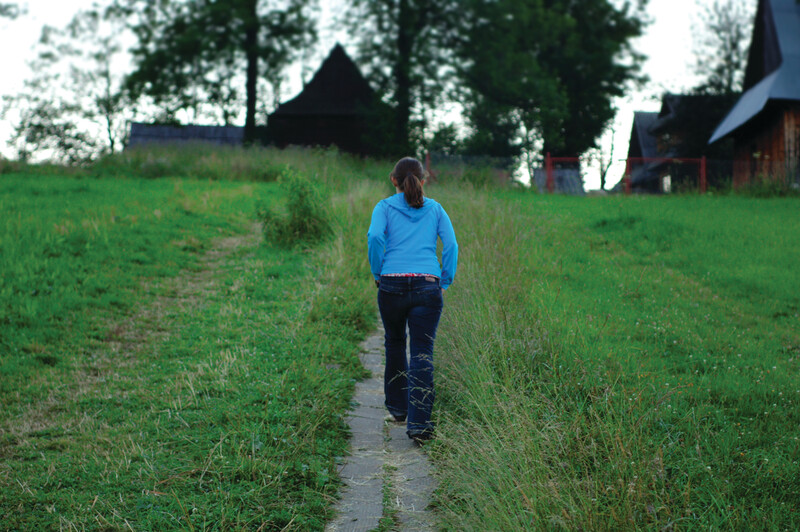The COVID-19 crisis is "compounding traumatic experiences" for many students, say researchers with the Appalachia Regional Educational Laboratory (REL AP), part of the Institute for Educational Sciences. The problem is particularly acute in areas like Appalachia, where thousands of students already face extreme stressors related to parental opioid abuse.
To help schools address a likely rise in cases of complex trauma in students, REL AP worked with health and education leaders in the region to develop a detailed handout on common trauma symptoms and best-practice strategies for supporting students, with adaptations for virtual-learning settings.
According to the REL AP's handout, common trauma symptoms in students range from physical to social-emotional to communicative. They include:
- Over- or underreacting to stimuli.
- Recreating traumatic events (through "playing out" or stories).
- Rapid changes in extreme emotions.
- Language development delays and challenges.
- Difficulties listening and concentrating.
Trauma-responsive strategies recommended for educators include:
- Providing structure and routine (for example, by organizing remote learning activities to follow a consistent schedule).
- Being present (through regular communication and emotional support).
- Promoting a sense of control (by helping students identify ways they can feel more in charge).
- Providing emotional check-ins (by using a mood meter or reflection opportunities).
- Strengthening self-regulation strategies (through mindfulness, journaling, and physical exercise).
The researchers emphasize that trauma-prevention strategies should be oriented around student safety, positive relationships, and self-regulation, and should focus on "teaching appropriate skills and avoiding punishment (which may re-traumatize students)."
—Anthony Rebora









